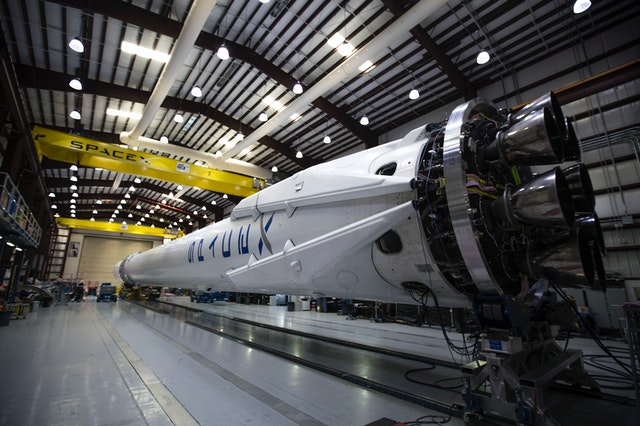
The year 2012 was not a good one for investors in the space exploration sector, or “space stocks” as they are commonly referred to. It led to a general selloff across the market that hit space stocks hard. Space stocks have not fared well in recent years, but that could all change in the next decade. Here are three reasons why space stocks might explode in the next decade:
1. Rising Demand For Satellites And Space Technology
The global satellite market is expected to grow from $152 billion in 2016 to $287 billion by 2025, according to a report by MarketsandMarkets. This growth is being driven by the increasing demand for satellite-based services such as telecommunications, navigation, and earth observation.
Space technology companies such as Boeing BA, SpaceX, and Lockheed Martin LMT are expected to see their order backlogs increase over the next decade, which should boost revenue growth. In 2013, Boeing’s satellite backlog stood at $38 billion (with an additional $5 billion in “executable orders”), Lockheed’s space systems division had a backlog of $29.4 billion, and lastly, SpaceX’s commercial backlog stood at $5 billion.
2. Falling Launch Costs Are Leading To “Space Democratization”
The big players in the space industry have largely focused on launching large satellites, but the falling launch cost could be a game-changer for small satellite companies. Companies such as Planet Labs – which has launched 50 satellites in the last year and a half – can now generate meaningful revenue by launching small satellites for areas such as agriculture, weather forecasting, and disaster recovery.
SpaceX’s billionaire founder Elon Musk has said that he wants to bring the cost of access to space down from $100 million per kilogram to less than $1,000 per kilogram. The company’s reusable rocket technology could disrupt the space industry as costs decline and more players enter the market.
3. A Merger Wave Is Coming
The next decade should see a major consolidation wave in the space sector, creating some of the most valuable companies on earth. As satellite launch costs decline, smaller companies will be able to enter the market. At the same time, larger players will see pressure on revenue growth as they face increased competition.
This trend began back in 2012 when Europe’s EADS acquired Astrium for $5 billion. EADS was later rebranded as Airbus SE, now the world’s second-largest aerospace company after Boeing, with a market capitalization of more than $100 billion.
Other potential deals include Lockheed Martin acquiring United Launch Alliance, Boeing acquiring Space Adventures, and China’s CASC acquiring Arianespace.
One such example was London’s FTSE 100 index, which declined by 1% over the first few months of 2012 before rebounding 12% by year’s end.
According to Morgan Stanley, the global space industry is expected to grow by $1 trillion over the next five years. On the other hand, satellite and launch service companies see revenue rise at a compound annual growth rate of 6% through 2017.
This trend began back in 2012 when Europe’s Eads acquired Astrium for $5 billion. Eads was later rebranded as Airbus SE, the world’s second-largest aerospace company after Boeing, with more than $100 billion market capitalization.
Other potential deals include Lockheed Martin acquiring United Launch Alliance (ULA), Boeing acquiring Space Adventures, and China’s CASC acquiring Arianespace.
4. The Space Industry Is Becoming More “Commercial”
Governments and their defense contractors have traditionally dominated the space industry, but this is changing fast. A growing number of commercial players are entering the market with innovative products and services.
For example, Lockheed Martin’s space systems division generates more than 60% of its revenue from commercial contracts. SpaceX also gets a significant amount of its revenue from commercial contracts – about 60% in 2013.
This trend is being driven by the falling cost of launching satellites, making space more accessible to commercial players. It’s also being helped along by initiatives such as NASA’s Commercial Crew Program, which is helping to develop new spacecraft and launch systems for commercial use.
5. Space Is Becoming A More Crowded Place
The space industry is seeing a major increase in activity, with more countries and companies entering the market. To get a basic understanding of what is going on, you can check out a space investment quarterly report to understand the financials behind the boom in this sector. China has been one of the most active players in recent years, with its state-owned space agency overseeing more than 60 successful launches over the last five years.
The Chinese government is also developing a manned “space station” that it aims to launch in 2020, which would enable China to perform independent human space flight missions lasting long durations.
Final Thoughts
Conclusively, space stocks might soon explode from the current bad year and consolidate into a few major companies. It would allow for far greater profits than usual. If you’re interested, invest in these companies now before the market explodes.


